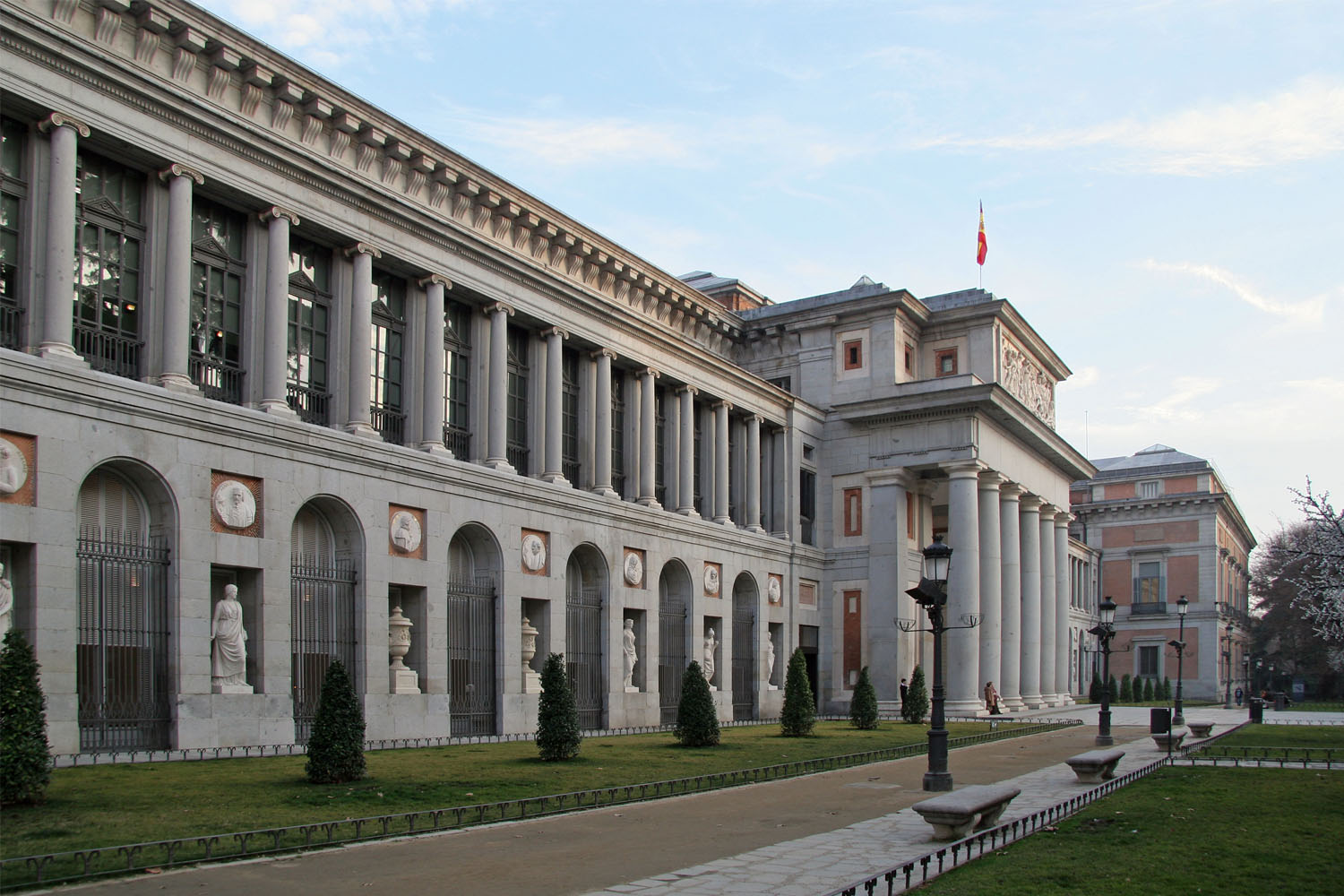
- Discover Madrid
- To see and do
- For you
- Accommodation
- Plan your Trip
- Professionals

Things to do in madrid
iconic places in madrid
Itineraries in Madrid
sights in madrid
top attractions in madrid
museums in Madrid
Tourism in Madrid

THE "LANDSCAPE OF ARTS AND SCIENCES", THE MERGE OF ARTS, NATURE AND HISTORY
From Madrid to the moon of World Heritage. The Paseo del Prado, the Retiro Park and the stately neighborhood of Los Jerónimos, three jewels of the capital's rich heritage, make up this luminous landscape. Do you know its secrets?
Small convents of San Jerónimo and Atocha, which appeared in the 16th century in the vicinity of the current "Landscape of Light", would soon see their surroundings change forever. Barely a century later, around 1650, the construction of the palace and gardens of El Buen Retiro endowed this enclave with a monumental importance that would only grow and grow with the passing of time.
The maximum expression of this rich heritage became evident in 2021 with the declaration of this "Landscape of Light" as a UNESCO World Heritage Site, in the category of Arts and Sciences. The specific areas included in this candidacy are the neighborhood of Los Jerónimos, the Retiro Park and the Paseo del Prado, which runs from the Plaza Emperador Carlos V to the Plaza de Cibeles.
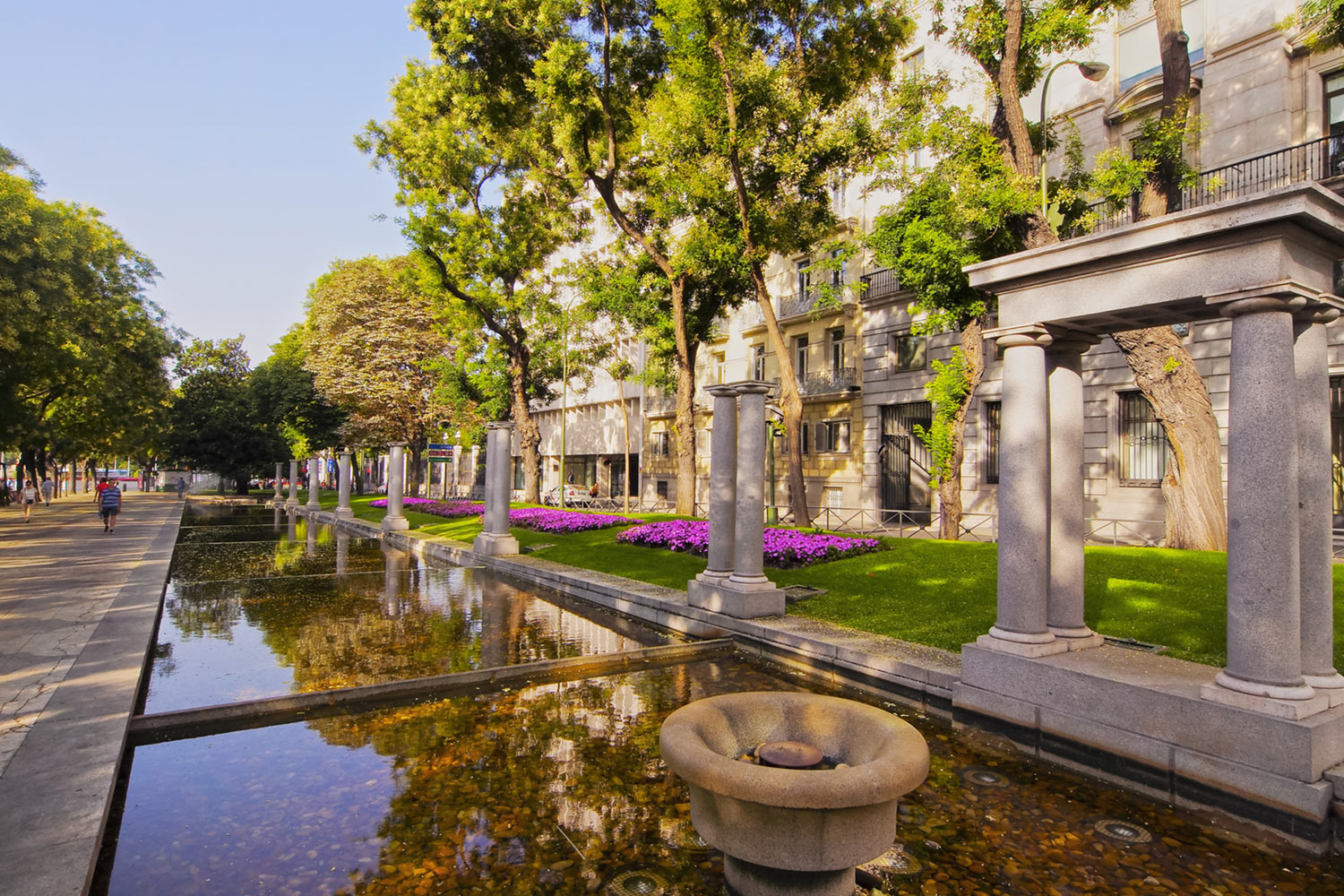
Unquestionably responsible for this historical value was the great Enlightenment transformation, which from 1767 modernized the entire area. From the Recoletos to the Atocha gates, with the fountains of Neptune, Apollo and Cibeles and the creation of the Royal Botanical Garden, the great icons of the area have made it the center of attention of the urban, artistic and scientific worlds.
What UNESCO wanted to recognize is, among other things, the exceptional nature of the oldest urban tree-lined promenade in a European capital. Did you know that the Paseo del Prado was built as a prototype for urban boulevards? After its construction, this model became popular in modern Hispanic urban planning and was exported to America.
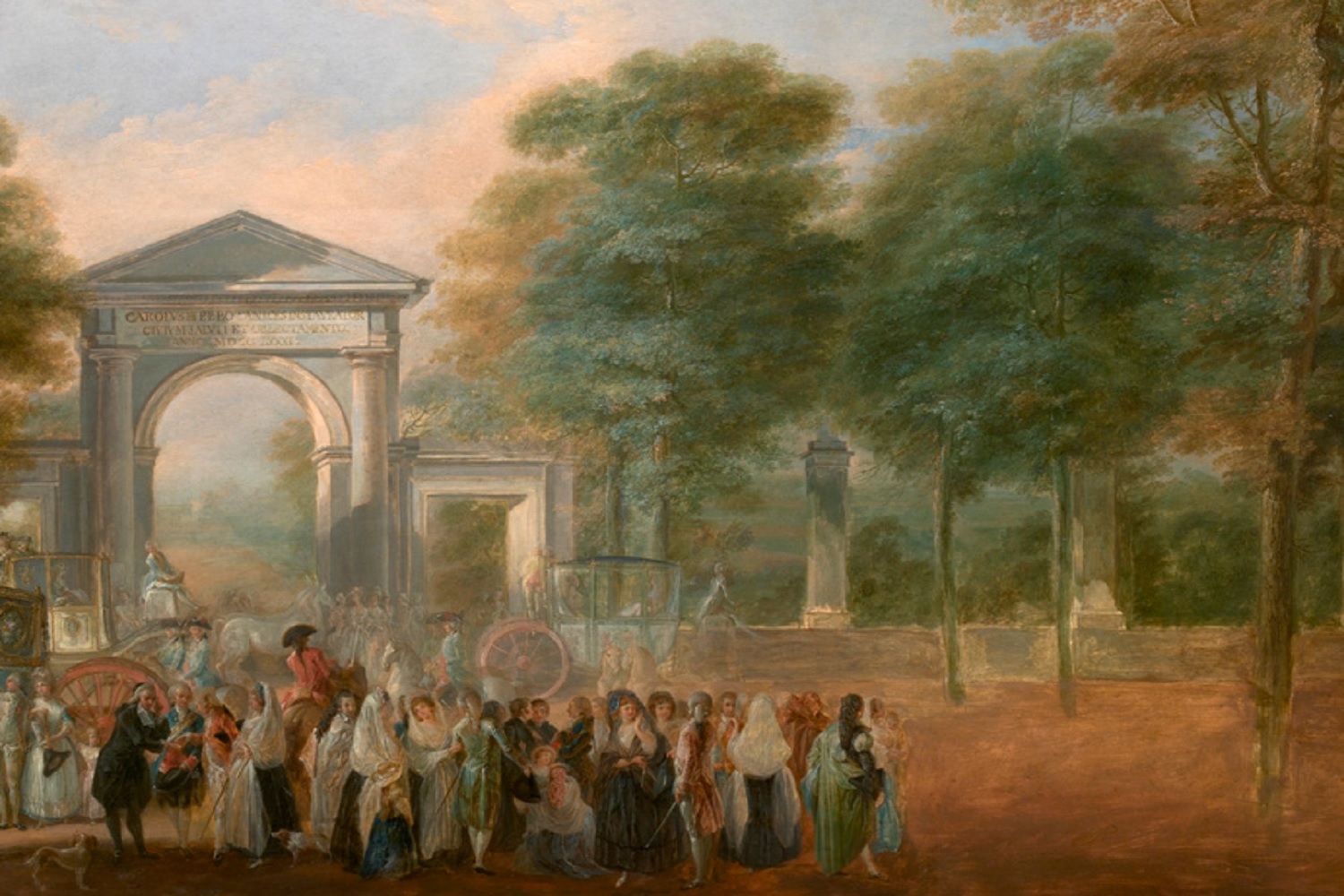
Popular Retiro Park originated in 1631. The "Parque de El Buen Retiro" had a large pond for shows and a series of landscaped chapels, although originally it was an exclusive area for the kings. Not even the nobility was allowed access to the park.
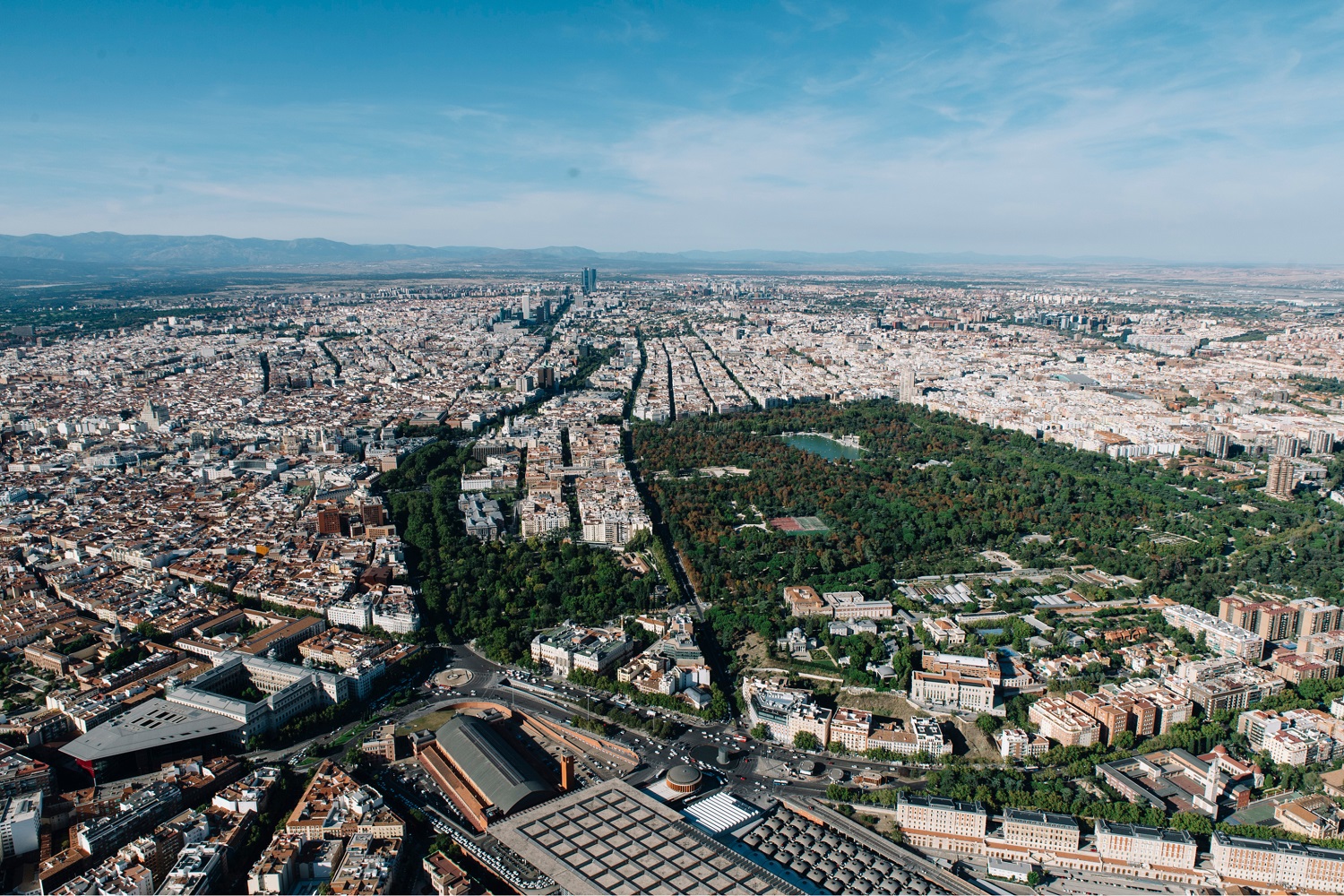
Current lung of Madrid, El Retiro was used as a barracks during the War of Independence. The centuries have transformed its physiognomy. It retains its essence as a real urban park, with more than 15,000 trees, but at the same time, history is written on its paths. In fact, the oldest tree in Madrid still stands in the park.
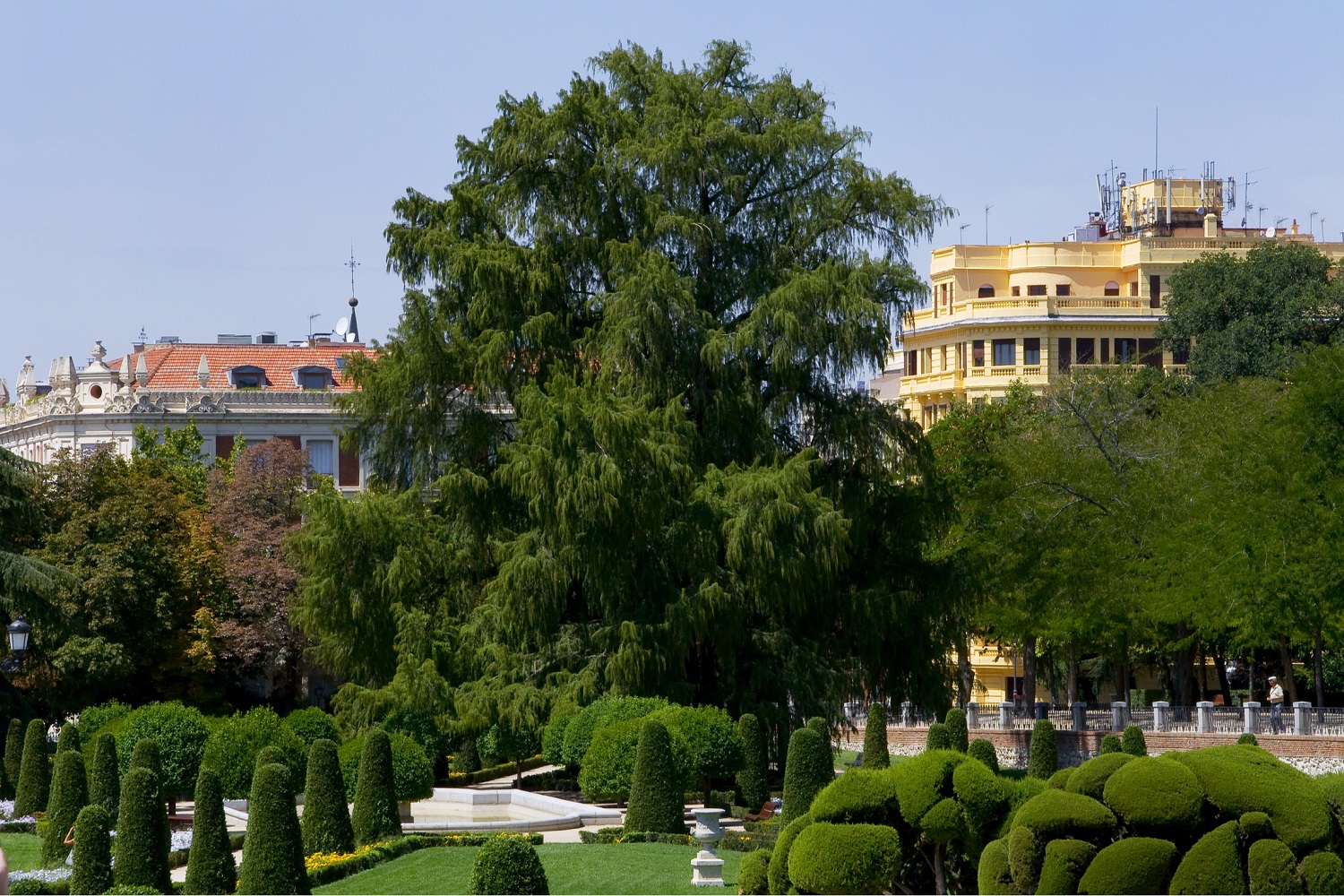
Nearly 400 years old, the famous ahuehuete del Parterre has seen centuries of history from its location, very close to the Felipe IV gate. It reaches 25 meters in height and its candelabra-shaped base makes it stand out prominently in the park. Other curious elements also stand out in these gardens, such as the fountain of the Fallen Angel, whose statue always arouses mystery and legend. It is located at an exact elevation of 666 meters above sea level, the so-called "Number of the Beast" referred to in the Apocalypse.
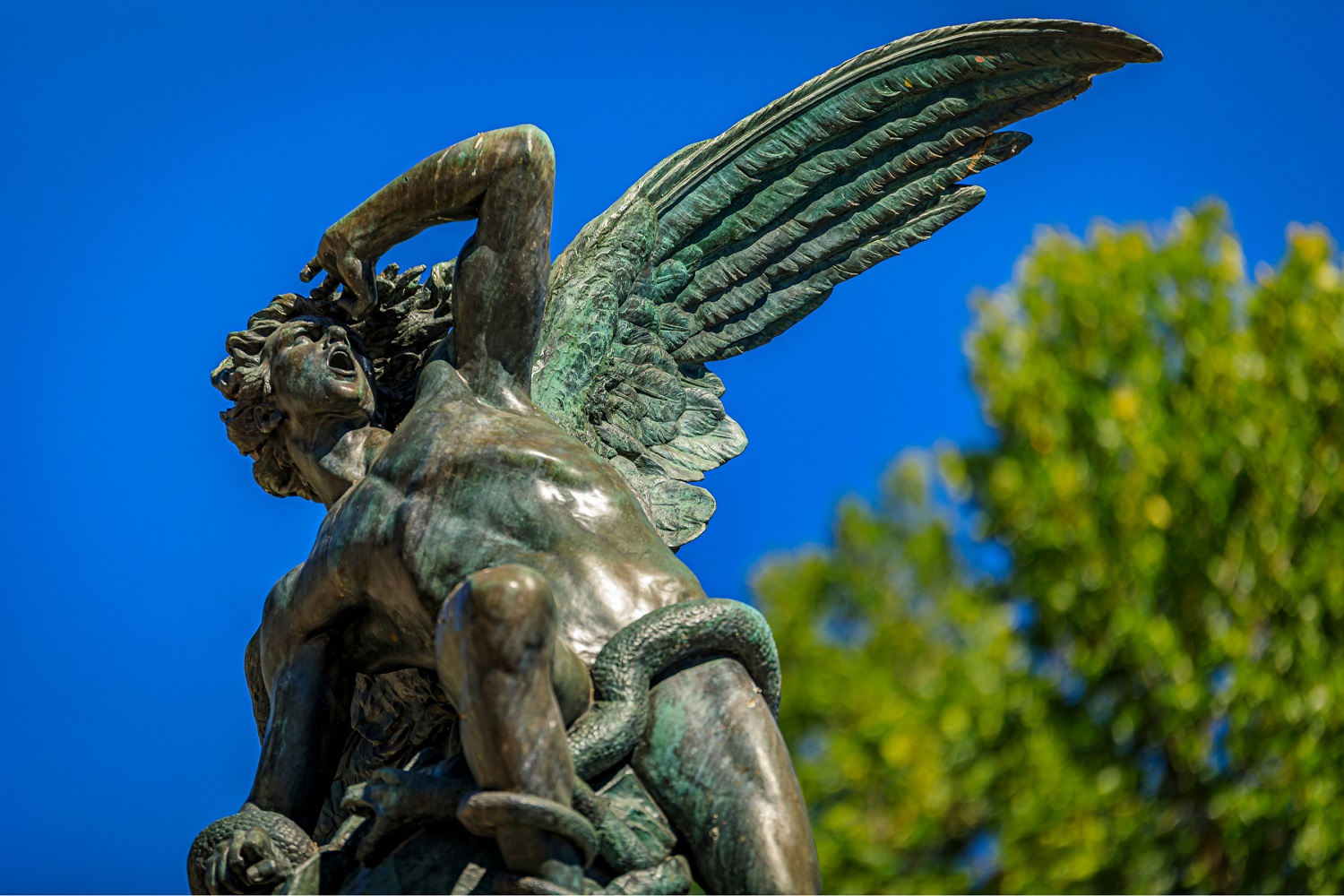
It is difficult to list all the points of interest within the perimeter of this majestic "Landscape of Light". From public buildings, unique architectural works, to science and art centers, we find this enclave full of them. The Royal Astronomical Observatory is located here, in an elegant building by Juan de Villanueva which, like so many other monuments in the area, was commissioned by Charles III, who earned the nickname of "Madrid's best mayor" as a result of this great urban planning endeavor. The observatory houses a replica of the telescope of the astronomer William Herschel, which was considered the best telescope in the world.
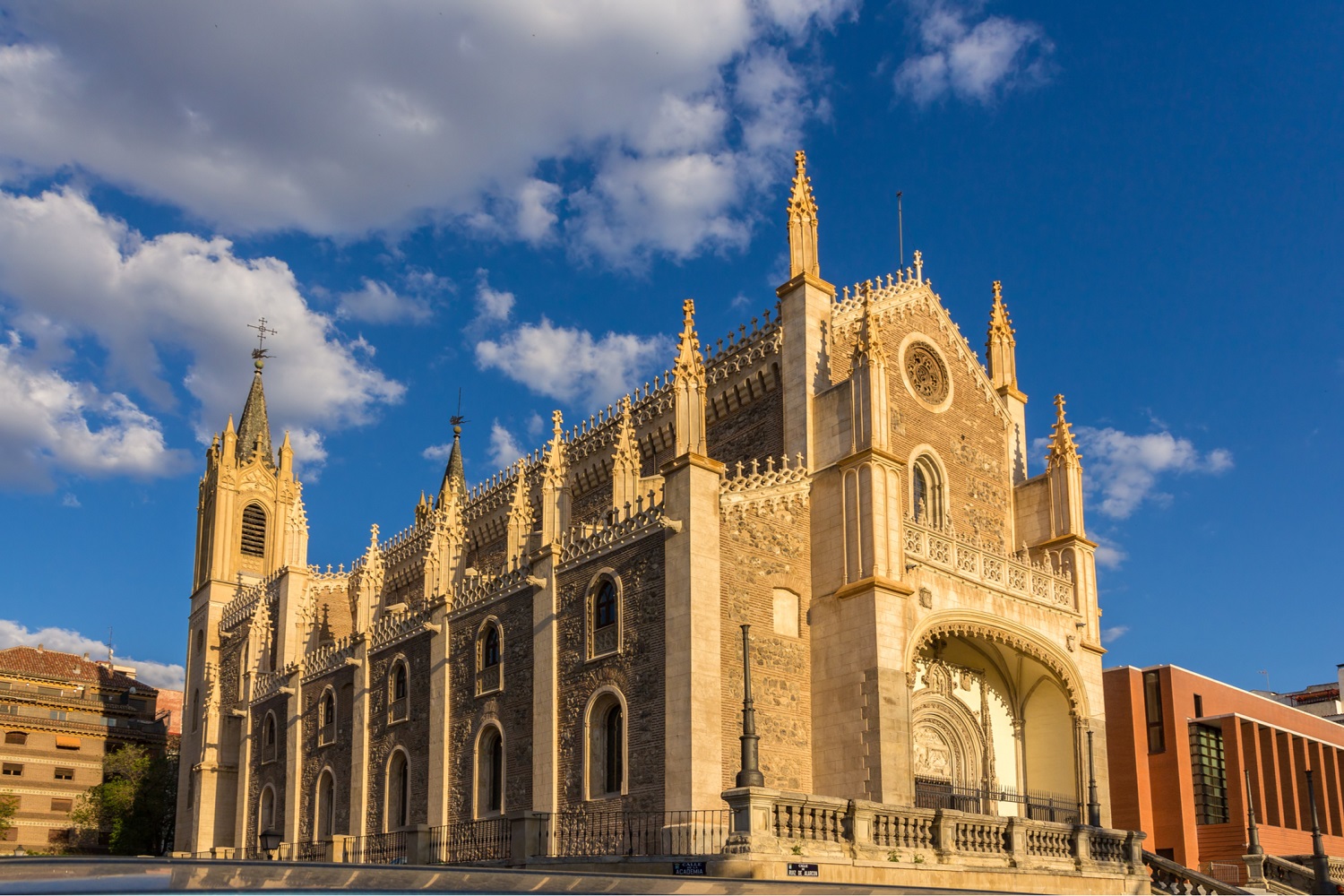
In the neighborhood of Los Jerónimos stands the church of the same name, the former monastery of San Jerónimo El Real, which in turn contains important works of art, such as "The Adoration of the Shepherds" by Francisco Rizi.
The Royal Botanical Garden sometimes looks secondary so close to El Retiro, but in its interior are preserved some of the plates of the first botanical expeditions that were made to the New World. Its biological and documentary legacies, provided by the richness of the passage of time, are unparalleled.
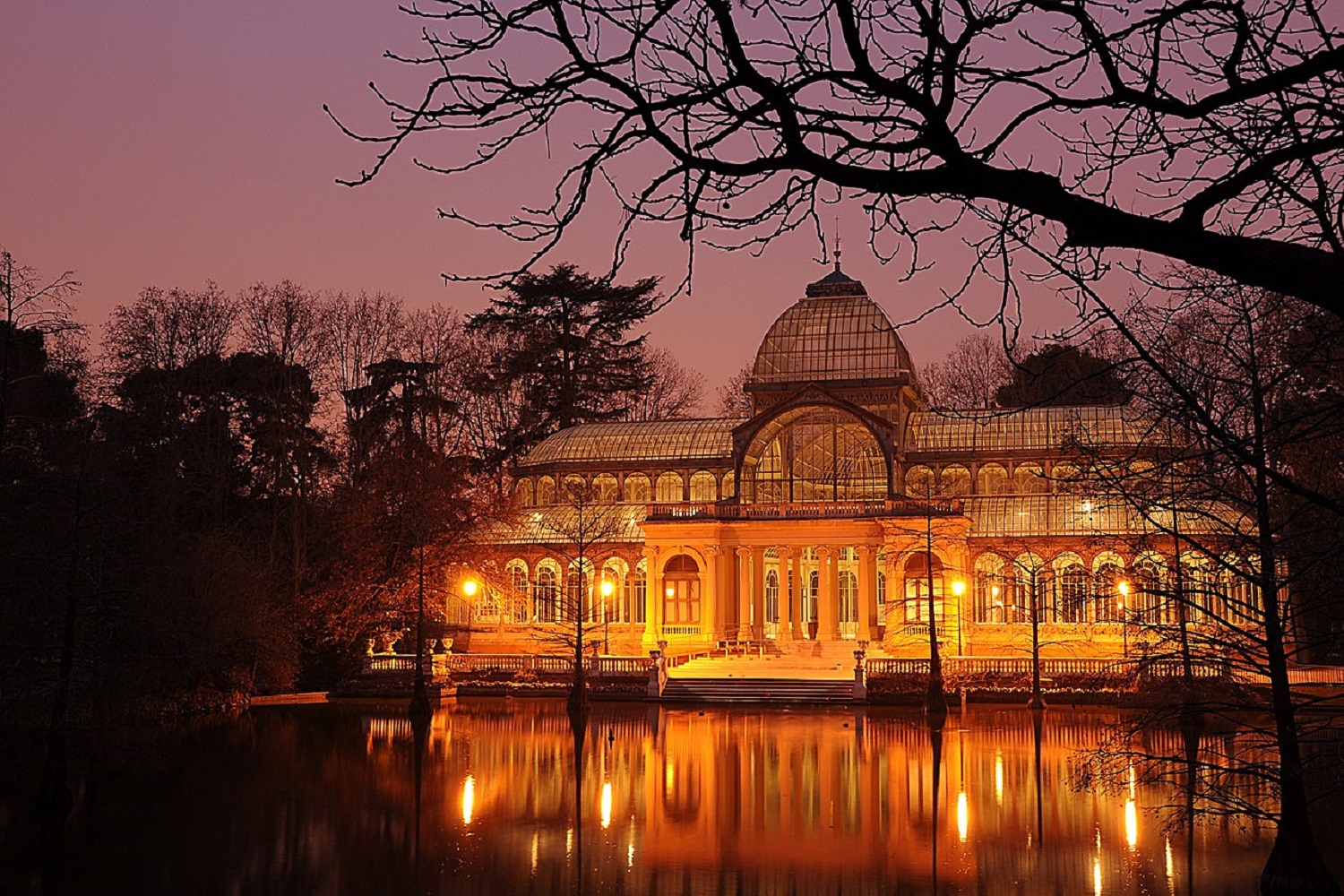
Perhaps the most particular image of this luminous landscape is achieved by the Palacio de Cristal del Retiro. It was built at the end of the 19th century to house an exhibition of tropical flora brought from the Philippines, but nowadays it stands out as a tourist attraction and as a center for exhibitions and different cultural events. Thus, a synthesis of architecture, art, science and nature backbone the history of this building, an essential icon of this "Landscape of Light".
Image Credits:
Museo del Prado © Sean Pavone. Shutterstock
The Botanical Garden from the Paseo del Prado © Luis Paret y Alcázar.
Landscape of light © Karol.Kozlowski. Shutterstock
Aerial view of El Retiro Park © José Luis Carrascosa. Shutterstock
Oldest tree in Madrid © TIF Fotos. Shutterstock
Fountain of the Fallen Angel © SvetlanaSF. Shutterstock
Hieronymites Church © Leonid Andronov.
Night view of the Crystal Palace © Region of Madrid.